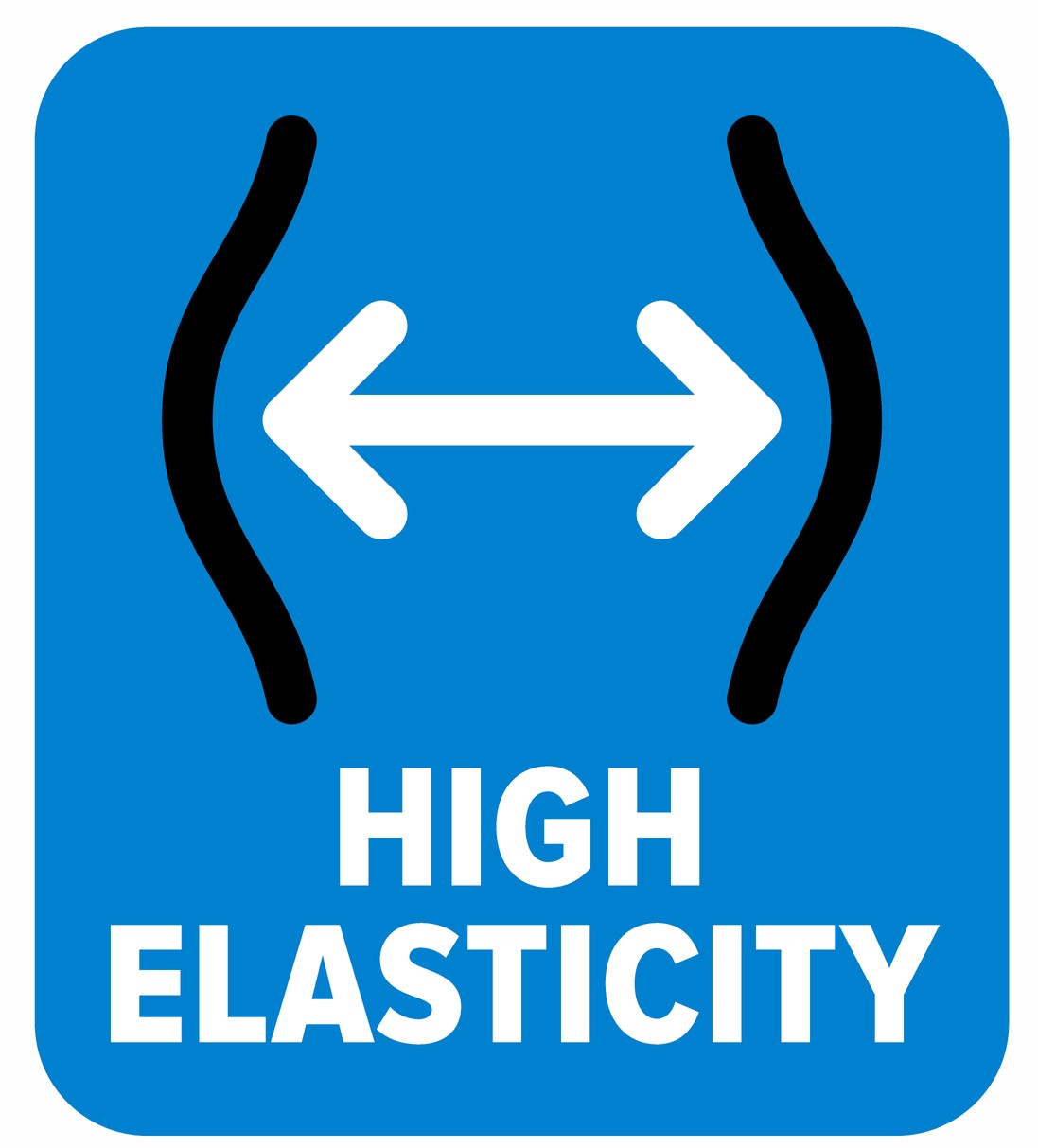By Brian Nejmeh & Jon Sappey
In a previous post we reviewed the nine elements of a Strategic Narrative and described the nature of Strategy Debt that can be incurred with respect to each. In this post we’ll look at common scenarios where Strategy Debt can accumulate; the impact to the organization; and what can be done to retire the debt. Obviously, the ideal scenario is not to accumulate Strategy Debt in the first place, but we have yet to meet a company with both the discipline and good fortune to avoid it altogether.
Debt Scenario 1 – There is no Strategic Narrative.
Organizations growing beyond the start-up phase require a coherent, comprehensive Strategic Narrative in order to scale operations with any degree of efficiency and effectiveness. Ideally the Narrative is developed by an emerging executive team that embraces the effort in order to create unity and clarity in the organization, as well as the discipline to refresh the narrative periodically or when significant shifts occur.
Unfortunately, many organizations simply don’t coalesce their intentions into a singular, coherent narrative. This can happen for a variety of reasons, ranging from lack of responsibility/accountability for creating a narrative; lack of strategic orientation among team members; unresolved disagreements about elements of the strategy; and simply being caught up in the daily demands of the business.
Life in these organizations can feel chaotic, disorienting, and frustrating as daily opportunities and challenges rise and create conflicts in priority and resource availability. With no shared idea of “true north,” individuals can make decisions that are politically and financially expedient and/or self-interested. Each of these decisions likely creates additional Strategy Debt for the organization.
For example, lack of precision around Category, Competition, and Differentiation will lead to ineffective and/or inefficient marketing initiatives, leaving existing and potential customers unclear about your offerings and intentions and creating friction in customer journeys and revenue streams. Similarly, lack of clarity around strategic, differentiating assets and capabilities will compromise talent acquisition and retention in the near term and may ultimately compromise the firm’s viability in the marketplace. These are just two of many examples of strategy debt.
In these situations, Leadership simply needs to muster the courage and effort to articulate the Strategic Narrative – even in “Version 1 form” – for the organization. The narrative must become the basis for performance objectives and measurement, prioritization, and resource allocation. The earliest expressions of Strategy may feel immature and will certainly be imperfect, but Leadership has to put the initial stake in the ground.
Debt Scenario 2 – The Strategic Narrative is inaccurate from a market perspective.
Emerging markets are mysterious, unpredictable phenomena, and it’s understandable when one makes some strategic assumptions that turn out to be inaccurate. It may be a matter of timing, or what constitutes the “minimum” in Minimum Viable Product, or an overly influential development partner. Any of these, and many more, can cause you to be slightly to significantly off-course in your strategy.
The good news is that the market will tell you fairly quickly that your assumptions are inaccurate. Marketing, sales, and partner initiatives will provide results; competitors’ behavior will reveal similarities and differences in strategic assumptions. And of course, the world will continue to change from the time you formulate your strategy. The question then becomes, “How and when do you reframe assumptions and adjust your strategy?”
Perhaps you mislabeled your category or misunderstood its stage of adoption. Both are easy mistakes to make, even for veteran tech executives. Similarly, perhaps your prioritized target markets are not adopting as readily and quickly as you expected.
There can be a fine line between patience and stubbornness when it comes to questioning assumptions and pivoting strategy. Given disappointing initial results, choices need to be made about continuing the current course and speed. It’s important for the strategy team to consider “What else might be happening, and what would we do if that were the case?” rather than lock into a set course of action – particularly in the early market phases of adoption. This perspective allows for greater agility as evidence mounts for making changes. Delaying change in this environment only incurs incremental Strategy Debt.
Debt Scenario 3 – The Strategic Narrative fails to drive behaviors (i.e. change) in the organization.
We have all lamented the strategy that is memorialized in a binder on the shelf gathering dust while the operating organization continues on its merry way. Strategy that does not drive behavior incurs Strategy Debt. It must establish priorities, allocate resources, and often discontinue or disrupt previously funded initiatives. Strategy is always about change, even when its goal is to preserve the status quo.
We have worked with clients to assess the ubiquity of their strategy: how it becomes infused in the organization through annual and quarterly goal-setting, prioritization, planning, and budgeting for specific initiatives that can be understood and embraced throughout the organization and driven through individual contributors and small teams. We have also observed that some Narratives lack substance. A lack of substance and a lack of ubiquity are both sources of strategy debt in many cases.
One of the most common sources of Strategy Debt we encounter is finance-driven annual planning processes. These invariably involve incremental, year-over-year, backward-looking perspectives that do not account for strategic change requirements. Every year that is planned with this perspective is another year of incurring Strategy Debt.
Strategy-driven planning looks ahead not just one year, but beyond: to anticipate the fulfillment of trends; the emergence of categories, markets, and whole products; the evolution of strategic assets and capabilities; the development of ecosystem partnerships; and the scaling of the organization in its ability to execute – and ultimately to fulfilling its mission.
Have you taken stock of your level of Strategy Debt over time? Hopefully this blog series provides a lens through which to assess your strategy debt and how to begin to remedy it.





